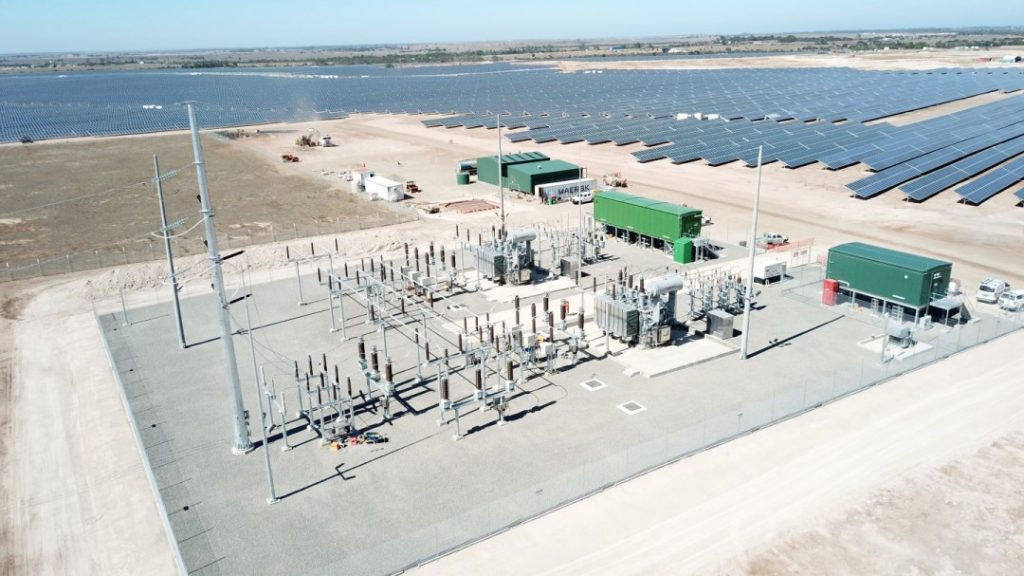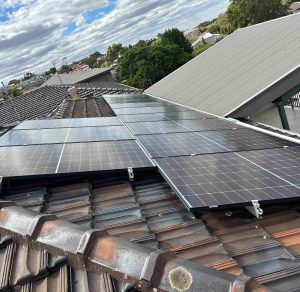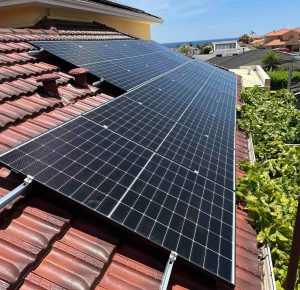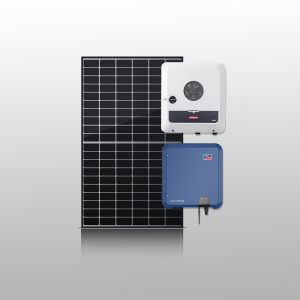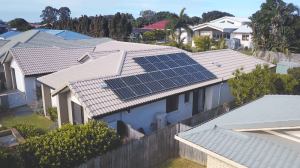In the beginning, investment in renewable energy technology was frowned upon with heavy skepticism stemming from its long-term reliability. Fossil fuels and nuclear were always considered to be the most-stable forms of energy infrastructure systems. However, as usual, the technology evolved and matured, and now we are beginning to see its benefits throughout the globe. In the third quarter of this year, UK saw its share of renewables rising to 40% of the country’s total energy output. Similarly, in the first two quarters of this year, Europe reported that renewable energy generation was nearly 30% more than fossil fuels. In Sep and Oct 2019, South Australia received 50% of the grid demand through PV solar and wind power. As a result, the Tailem solar farm was kept offline to prevent negative pricing.
The Tailem Farm is a 95 MW facility with 390,000 solar panels (sufficient to light 40,000 Australian homes) and costing over $220 million. It is owned by Vena Energy and Snowy Hydro. When the wholesale electricity prices approached zero, the farm was taken offline to avoid negative pricing to the consumers. Wholesale electricity prices approach zero when either there is a low demand than the usual or surplus in production from renewables. If the prices are allowed to enter the negative ranges, then the utilities would have to pay the difference in costs back to the consumers. Negative pricing is not a rare phenomenon, however the widespread adoption of solar and wind power has made them more frequent (due to favorable ambient conditions) over the past decade.
In SA, the average electricity prices for Oct 2019 was lower (at $67.24/MWh) than all other states. The Tailem plant had to be kept offline for numerous days to prevent further dips in pricing. Such events can be minimized by incorporation of battery storage systems. This can act as a buffer for smoothing the demand-supply graph. Power trading and better energy forecast models can also help in this. However, while we are in the course of 100% RET, such phenomenons are unavoidable since are we transitioning to a relatively new energy generation, storage and distribution model.

